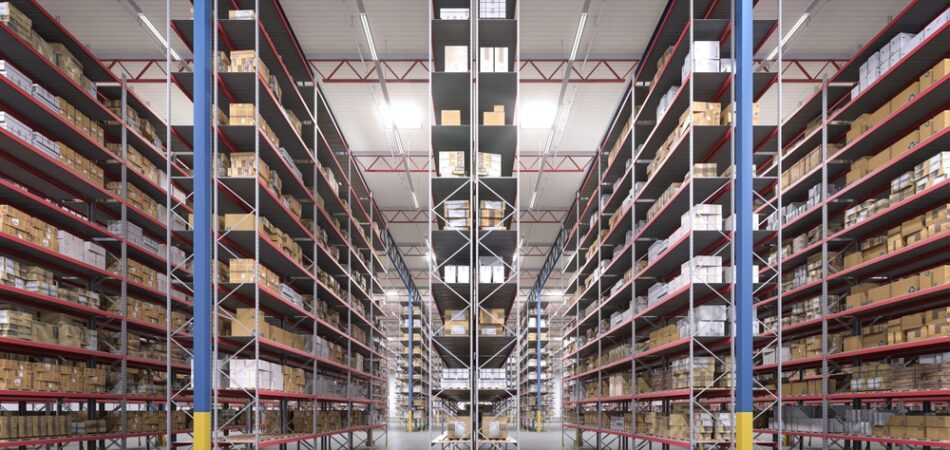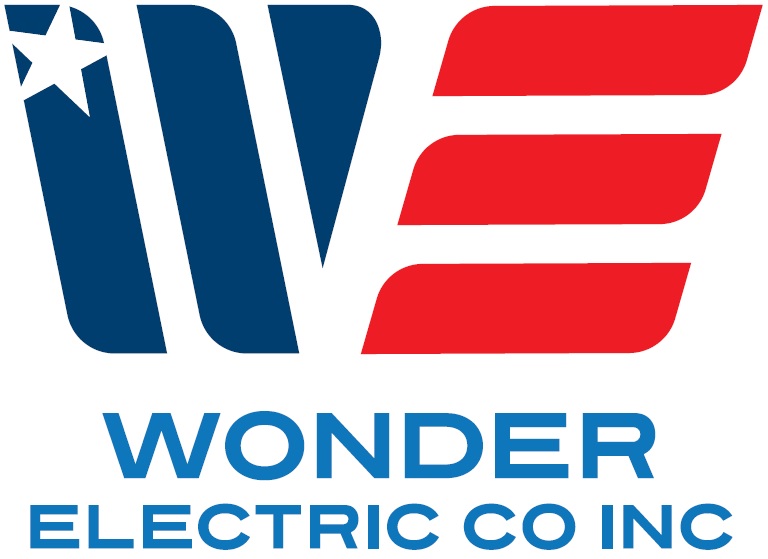
As summer temperatures soar in the desert town of Twentynine Palms, California, businesses—particularly those operating warehouses—face growing challenges in maintaining energy efficiency and reducing operational costs. Among the most impactful yet often overlooked solutions lies in adopting energy-efficient lighting. This single upgrade can dramatically transform energy consumption, employee comfort, and long-term savings. For warehouse operators in Twentynine Palms, the switch to smarter lighting systems is not just a trend—it’s becoming a necessity.
The Harsh Desert Climate and Its Impact on Warehouses
Twentynine Palms is known for its stunning desert landscape, but it also endures blistering summer temperatures that can strain industrial infrastructure. Warehouses, with their expansive square footage and high ceilings, are especially vulnerable to heat accumulation and inefficient energy usage. Traditional lighting systems such as incandescent or metal halide lamps contribute significantly to indoor heat, exacerbating cooling demands and driving up energy bills. The situation becomes even more taxing when combined with outdated HVAC systems and poor insulation.
In this environment, warehouses must work twice as hard to maintain a safe and functional indoor climate. Traditional lighting not only draws excessive electricity but also emits substantial heat, further burdening already overworked air conditioning systems. This creates a cycle of inefficiency: higher temperatures lead to increased cooling needs, which in turn raises energy consumption and operational expenses. By transitioning to energy-efficient lighting, warehouse operators can disrupt this cycle and alleviate stress on their facilities during the punishing summer months.
Why Energy-Efficient Lighting Is the Ideal Solution
Energy-efficient lighting technologies—such as LED and smart lighting systems—are designed to use less electricity while producing minimal heat. LEDs, in particular, convert more electrical energy into visible light instead of heat, making them far superior to legacy lighting solutions in both performance and efficiency. For warehouses in Twentynine Palms, this means less heat generation, reduced air conditioning costs, and improved lighting quality.
Another major advantage of energy-efficient lighting lies in its durability and lifespan. LED bulbs can last up to 50,000 hours or more, dramatically reducing the frequency and cost of replacements. This is especially beneficial for large-scale warehouse operations where lighting is often installed in hard-to-reach areas and maintenance can be both costly and disruptive. When upgraded strategically, energy-efficient lighting can lead to significant cost savings—sometimes cutting lighting-related electricity consumption by 50% or more.
Moreover, energy-efficient lighting provides superior illumination with more consistent color rendering, better visibility, and reduced flicker. These benefits are not just aesthetic; they enhance worker safety, productivity, and accuracy in tasks such as sorting, picking, and inventory management. In environments where lighting is critical to performance, making the switch improves both operational efficiency and employee satisfaction.
The Role of Industrial Electrical Upgrades
While energy-efficient lighting is a cornerstone of sustainable infrastructure, it often necessitates a broader evaluation of the facility’s electrical system. Many older warehouses in Twentynine Palms were not built to handle the demands of modern, high-efficiency lighting technologies. In such cases, implementing industrial electrical upgrades becomes a necessary step in the transition.
Industrial electrical upgrades may include replacing outdated wiring, upgrading circuit panels, and installing advanced lighting controls like motion sensors, dimmers, and automated scheduling systems. These enhancements not only ensure the safe and effective operation of energy-efficient lighting but also lay the foundation for additional energy-saving technologies. For instance, integrating smart lighting systems with occupancy sensors can dramatically reduce electricity usage in low-traffic areas or during off-peak hours.
Additionally, an upgraded electrical infrastructure supports scalability. As more warehouses in Twentynine Palms look to adopt renewable energy sources such as solar panels or battery storage systems, having a modern electrical framework becomes critical. It allows businesses to integrate various components of a sustainable energy strategy with ease and efficiency.
Regulatory Incentives and Long-Term ROI
California has long been at the forefront of environmental sustainability and energy conservation. State and federal programs offer a range of incentives for businesses that invest in energy-efficient upgrades, including lighting. These incentives can take the form of rebates, tax credits, and grants that offset the upfront cost of installation. For warehouses in Twentynine Palms, participating in such programs can significantly reduce the financial barrier to entry.
The long-term return on investment (ROI) from energy-efficient lighting is another compelling factor. While initial costs may seem high, the cumulative savings in energy bills, maintenance, and potential tax benefits quickly add up. According to the U.S. Department of Energy, businesses can recoup their investment in LED lighting upgrades in as little as two years. Over the course of a decade, this can translate into tens or even hundreds of thousands of dollars in savings, depending on the size of the facility.
Equally important is the reputational advantage. As customers and stakeholders become more environmentally conscious, companies that demonstrate a commitment to sustainability are likely to gain favor in the marketplace. Implementing visible, measurable improvements like energy-efficient lighting signals a proactive approach to responsible business practices, which can enhance brand image and stakeholder confidence.
Preparing for a Resilient and Sustainable Future
Looking ahead, the importance of energy-efficient lighting in Twentynine Palms warehouses will only continue to grow. Climate change is leading to hotter summers and more extreme weather patterns, which will place even greater demands on infrastructure and energy systems. Warehouses that act now to modernize their lighting and electrical systems will be better positioned to weather these changes, both literally and figuratively.
Furthermore, as technologies evolve, energy-efficient lighting systems are becoming smarter and more integrated. Innovations in the Internet of Things (IoT), for example, allow lighting systems to be monitored and managed remotely, providing real-time data on energy usage and system performance. This enables warehouse operators to make data-driven decisions that enhance efficiency, detect issues early, and fine-tune operations for maximum productivity.
By combining energy-efficient lighting with broader industrial electrical upgrades, warehouses in Twentynine Palms can achieve a level of resilience and sustainability that aligns with both current needs and future ambitions. These improvements not only support operational excellence but also contribute to a larger ecosystem of environmental responsibility and innovation.
Conclusion
Energy-efficient lighting is more than just a cost-saving measure for Twentynine Palms warehouses—it’s a strategic investment in performance, safety, and sustainability. As summer temperatures rise and energy demands intensify, there has never been a more critical time for businesses to upgrade their lighting systems and electrical infrastructure. With tangible benefits ranging from financial savings to environmental impact, the shift to energy-efficient lighting represents a smart, forward-thinking move for any warehouse looking to thrive in the desert heat.
